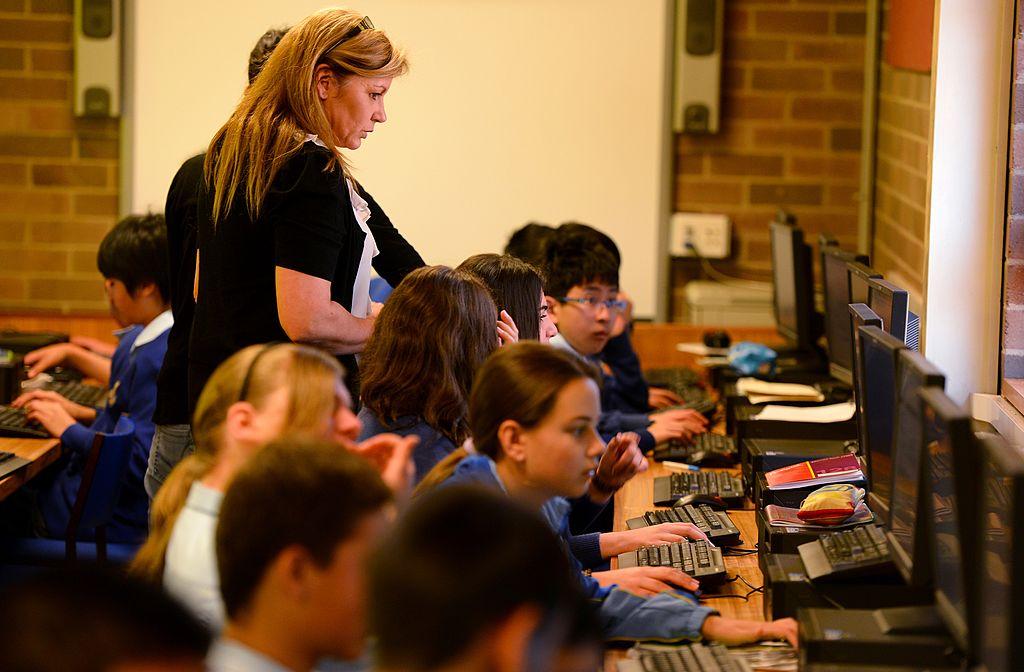The Australian state of New South Wales (NSW) could soon be paying higher salaries to top teachers and keep the state’s most outstanding educators in the classroom under new plans.
NSW Education Minister Sarah Mitchell said creating a stronger career path that rewarded teacher excellence was key to improving the education system.





